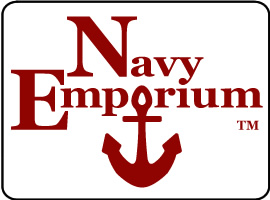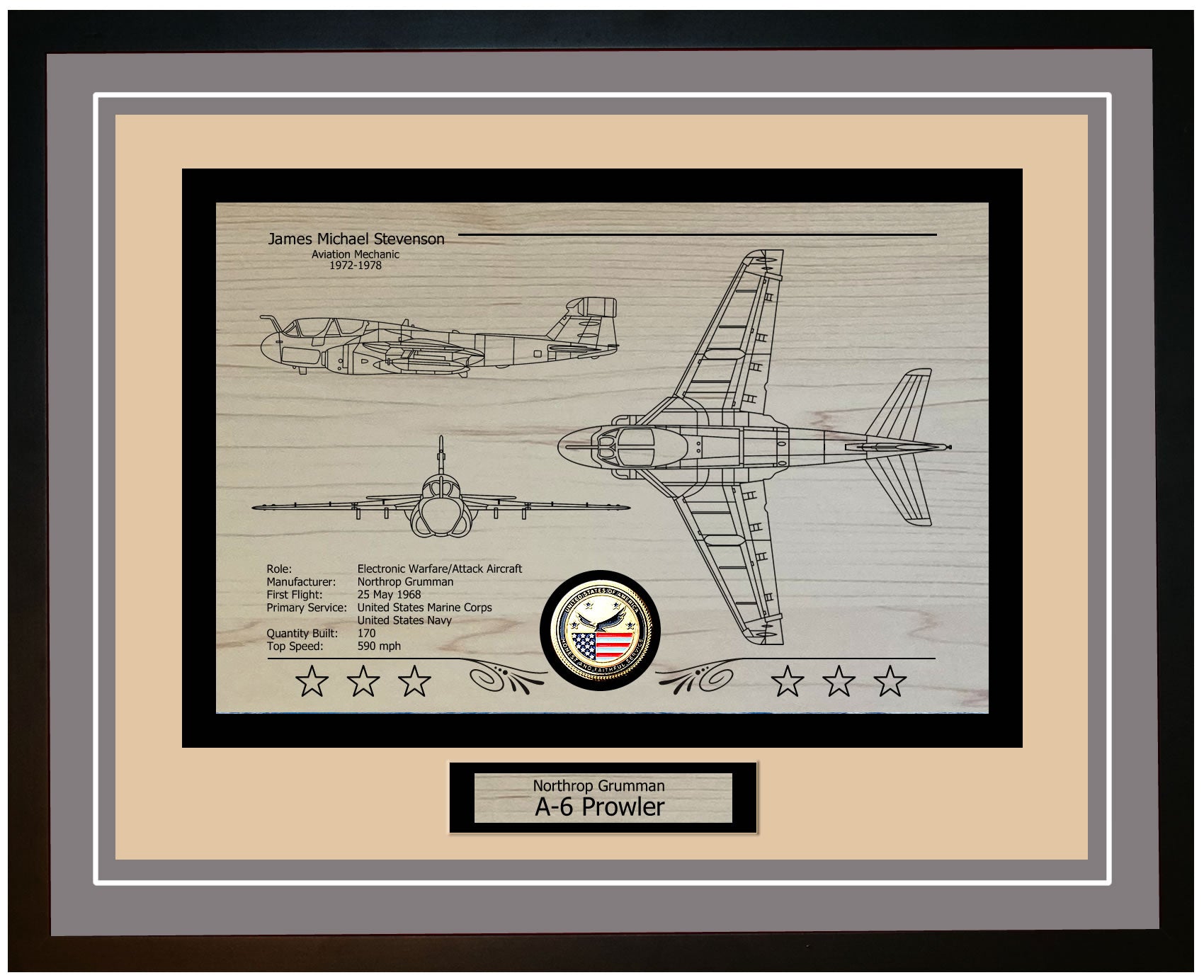The USS Blessman (DE 69) was a Buckley-class destroyer escort built during World War II, playing a crucial role in the U.S. Navy’s efforts to safeguard vital convoys and engage enemy submarines. Constructed at the Bethlehem Hingham Shipyard in Hingham, Massachusetts, construction began on March 22, 1943, and the ship was launched on June 19, 1943. It officially entered service on October 19, 1943, showcasing the rapid mobilization of American industrial capabilities during the war. The USS Blessman was named in honor of Lieutenant Edward Martin Blessman, an aviator who died heroically during the Battle of Midway on June 4, 1942. Lieutenant Blessman was posthumously awarded the Navy Cross for his bravery, and the ship's naming served as a tribute to his sacrifice and to all those who contributed to the Pacific Theater's success.
The USS Blessman was equipped with typical armament for a Buckley-class destroyer escort, designed for versatility in anti-submarine warfare, convoy protection, and defense against air threats. It was armed with three 3-inch/50 caliber guns, four 1.1-inch/75 caliber anti-aircraft guns, and eight 20mm anti-aircraft cannons. Additionally, the ship featured three 21-inch torpedo tubes and depth charge projectors, making it particularly well-suited for countering submarine threats. Its design prioritized speed, maneuverability, and a robust array of weapons that allowed it to take on various roles from protecting convoys to engaging enemy forces in combat.
The USS Blessman’s contributions to World War II were significant, as destroyer escorts like her played a vital role in securing sea lanes, particularly in the Atlantic and Pacific Oceans, where they helped protect merchant convoys from the growing submarine threat. The USS Blessman participated in critical operations, including the Normandy Invasion (D-Day) and the Battle of Leyte Gulf, two pivotal moments in the Allied victory. These operations highlighted the importance of destroyer escorts, which, though smaller and less heavily armed than larger warships, were crucial for safeguarding larger vessels and ensuring the success of military operations.
The ship’s performance in combat underscored the importance of the Buckley-class design, which was specifically tailored for anti-submarine warfare. These destroyer escorts proved essential in combating the threat of German U-boats in the Atlantic and Japanese submarines in the Pacific. The USS Blessman and its sister ships contributed significantly to the Allied war effort, ensuring the safe passage of supplies and troops across both oceans.
After its commissioning, the USS Blessman underwent training exercises to prepare its crew for the challenges they would face. As part of the U.S. Navy’s expanding fleet, the ship's contributions were vital, reinforcing the Navy’s strength and ensuring its capability to protect and support Allied operations throughout the war. The USS Blessman’s legacy remains as a testament to the importance of destroyer escorts in World War II, and it left an enduring mark on naval history through its service in some of the war’s most important campaigns.
USS Blessman DE-69: A Detailed Dive into the Structure, Technology, and Armament of a Naval Guardian
The USS Blessman (DE 69), a Buckley-class destroyer escort, exemplified the balance between strength, speed, and versatility essential for naval operations during World War II. Measuring 306 feet in length, with a beam of 36.75 feet and a draft of 9 feet 5 inches, the USS Blessman was designed to navigate both open seas and narrow coastal areas with agility. Its hull, constructed from welded steel, provided the durability necessary to withstand the rigors of combat while maintaining the flexibility and speed needed for convoy escort and anti-submarine warfare duties.
Powered by a turbo-electric drive system consisting of two boilers and two General Electric steam turbines, the ship generated a total of 12,000 shaft horsepower, allowing it to reach speeds of up to 23 knots. This made the USS Blessman well-suited for its roles, ensuring it could quickly respond to threats while escorting vital convoys across dangerous waters. Equipped with advanced radar and sonar systems for its time, including the SL surface search radar and QCE-1 sonar, the ship was capable of detecting both enemy submarines and surface vessels. These technologies were key to the USS Blessman’s effectiveness in its primary role of submarine warfare, as well as convoy protection.
The USS Blessman was armed with an array of weaponry that made it a formidable asset in both offensive and defensive operations. Its primary armament consisted of three 3-inch/50 caliber dual-purpose guns, capable of engaging both surface and aerial threats. The ship was also equipped with four 1.1-inch/75 caliber anti-aircraft guns and eight 20mm Oerlikon cannons, providing additional protection against air attacks, especially during convoy missions. For submarine warfare, the USS Blessman carried a Hedgehog mortar, which launched multiple projectiles ahead of the ship to strike enemy submarines before they could launch torpedoes. The ship also had eight depth charge projectors and two depth charge tracks, crucial for attacking submerged submarines.
This combination of armaments and technologies allowed the USS Blessman to fulfill its role as a reliable and adaptable destroyer escort, playing a significant part in the success of U.S. Navy operations during World War II. Whether safeguarding merchant convoys or engaging in anti-submarine warfare, the USS Blessman was an essential component of the Navy’s efforts to maintain control of the seas and protect vital supply lines during the conflict.
USS Blessman DE-69 Crew Member Reports of Time Aboard
USS Blessman DE-69: Evolution of a Naval Guardian
The USS Blessman (DE 69), a Buckley-class destroyer escort, underwent significant enhancements throughout its service life, improving its capabilities and extending its usefulness to the U.S. Navy. Commissioned in 1943, the ship was initially outfitted with advanced sonar and radar systems for anti-submarine warfare (ASW), reflecting the latest technologies of the era. As technology advanced, the USS Blessman received upgrades to its electronic warfare systems, including enhanced radar and sonar arrays, which improved its ability to detect and monitor enemy submarines and surface vessels. These upgrades ensured the ship remained a potent force against the growing threats in the waters of both the Atlantic and Pacific Oceans.
In addition to its technological improvements, the USS Blessman’s armament was upgraded during its service. Anti-aircraft guns and additional depth charge projectors were added, boosting the ship’s defensive and offensive capabilities. These enhancements allowed the USS Blessman to perform more diverse roles, from protecting Allied convoys to engaging enemy submarines and supporting naval invasions. Its enhanced firepower ensured it could provide both offensive support during attacks and defensive cover for Allied forces and ships.
The ship’s operational role evolved as the war progressed. Originally designed for convoy escort missions, the USS Blessman’s enhanced ASW capabilities made it an invaluable asset during the Battle of the Atlantic, where it played a crucial role in safeguarding Allied shipping routes from the menace of German U-boats. Its versatility extended to the Pacific Theater, where it participated in major operations such as the Battle of Leyte Gulf and the invasion of Okinawa. The USS Blessman’s ability to adapt to a variety of mission profiles showcased its importance to the Navy’s strategic goals, providing critical support during amphibious assaults and acting as a screening vessel for larger warships.
Throughout World War II, the USS Blessman made notable contributions, ensuring the safe passage of troops and supplies, and offering naval gunfire support during invasions. Its crew’s bravery and tactical expertise earned the ship commendations and recognition for its role in disrupting enemy activities and boosting morale among Allied forces. These efforts underscored the effectiveness of destroyer escorts in modern naval warfare, proving crucial in securing victory.
After the war, the USS Blessman continued to serve in a more peace-focused role as a training vessel, helping to prepare officers and sailors for future naval engagements. The ship’s legacy is a testament to the adaptability, resilience, and bravery of the Buckley-class destroyer escorts, which played an integral part in the U.S. Navy’s success during World War II. Today, the USS Blessman stands as a symbol of the perseverance and determination that defined the Navy’s efforts during one of the most challenging periods in history.
USS Blessman DE-69: A Chronicle of Valor and Victory on the High Seas
The USS Blessman (DE 69), a Buckley-class destroyer escort, played a significant role in various crucial missions during World War II. Commissioned in 1943, the ship was initially assigned to the Atlantic Fleet, where it took part in convoy escort missions across the treacherous North Atlantic waters. These early deployments were critical in ensuring the safe transport of vital supplies and personnel between the United States and its European allies, which directly contributed to the success of the Allied war efforts. The USS Blessman’s presence in the Atlantic was a key factor in protecting shipping lanes from the persistent threat of German U-boats, ensuring the smooth flow of resources necessary for the war.
In 1944, the USS Blessman was transferred to the Pacific Theater, where it continued to play an essential role in critical naval operations. One of the most notable engagements was during the Battle of Leyte Gulf, one of the largest and most decisive naval battles in history. The USS Blessman’s anti-submarine warfare (ASW) capabilities were tested as it worked tirelessly to protect Allied vessels from enemy submarines, contributing to the success of the invasion force and helping secure victory for the Allied forces in the Philippines. The ship’s effectiveness in these operations highlighted the versatility and importance of destroyer escorts in modern naval warfare, particularly in safeguarding convoys and supporting larger warships during key battles.
Throughout its service, the USS Blessman was recognized for its exceptional performance and the bravery of its crew. The ship received numerous awards and commendations, reflecting the impact of its service. Among these accolades was the Asiatic-Pacific Campaign Medal with four battle stars, recognizing the ship's active involvement in multiple campaigns. Additionally, the Philippine Liberation Medal was awarded for the ship's role in the liberation of the Philippines, a significant milestone in the Pacific War. These honors not only celebrate the ship’s achievements but also pay tribute to the courage and dedication of those who served aboard.
After the war, the USS Blessman continued to serve in various capacities, including participating in training exercises and being assigned to reserve fleet positions. However, it was decommissioned in 1946, marking the end of its active service. Despite its decommissioning, the legacy of the USS Blessman lives on, both through its commendations and the vital contributions it made during World War II. The story of the USS Blessman serves as a reminder of the indispensable role played by destroyer escorts and their crews in securing victories and maintaining global peace and stability.
USS Blessman DE-69 Ship Specifications
| Specification | Details |
|---|---|
| Class | Buckley Class Destroyer Escort |
| Commissioned | September 19, 1943 |
| Displacement | 1,740 tons |
| Length | 306 feet |
| Beam | 36.9 feet |
| Draft | 10.6 feet |
| Speed | 24 knots |
| Complement | 213 |






